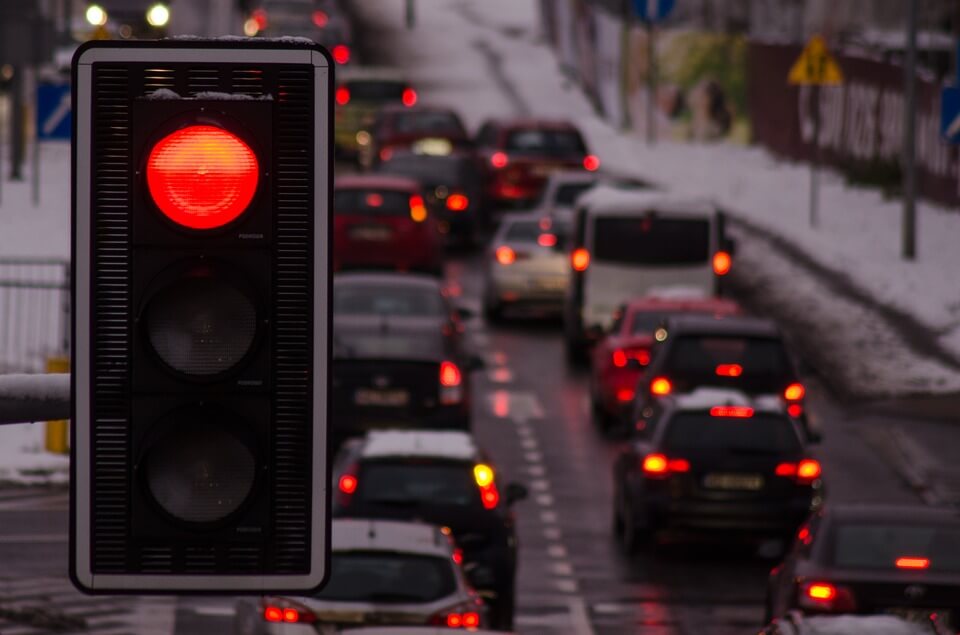The Netherlands once had a high percentage of fatalities relevant to walking on the street. However, as time goes by, this rate declined dramatically. It’s all about the regulation of the federal government. So, what can we learn about road safety from the Dutch?
Serious Issue – Road Safety
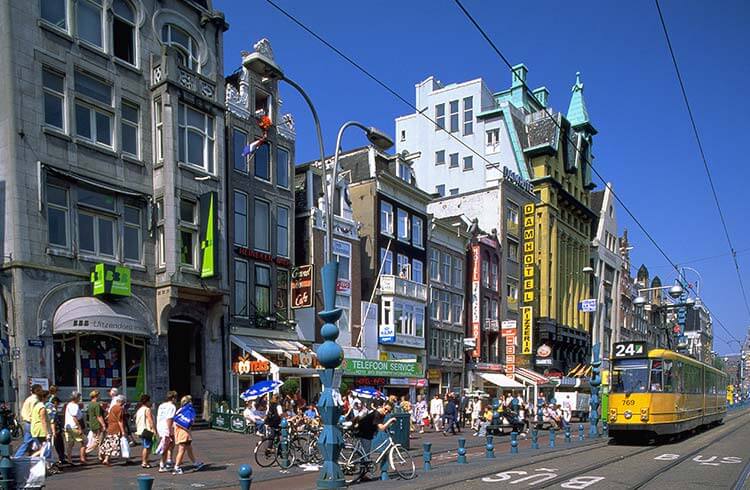
About 30 years ago, the Netherlands witnessed an increased fatality proportion on its roadways. During the 1970s period, roughly 3200 Dutch residents passed away each year because of crashes. Statistics showed that approximately 25% of them were pedestrians.
The government found this a serious problem and needs to be solved as soon as possible.
They Did It Differently

The Dutch then created and ran a significant nationwide campaign in more than 30 years. This campaign named “Sustainable Safety”. In short, this Sustainable Safety vision is an optimal strategy for enhancing road safety. Human aspects are the prior focus. This approach focuses on the needs, limitations, competencies, and vulnerability of human beings. And by that, it can be practically adapted to ensure maximum safety.
The Dutch dedicated themselves to developing urban roadways as well. As a result, motorists automatically know how to drive in appropriate ways and at speeds while crossing well-populated regions.
For example, the Dutch plant trees along the edge of the road so that cars exiting the highway can slow down. Also, motorists can lower speeds further at the sight of a traffic island on the road and a well-marked pedestrian crossing.
The Dutch Approach To Safety – Road Safety
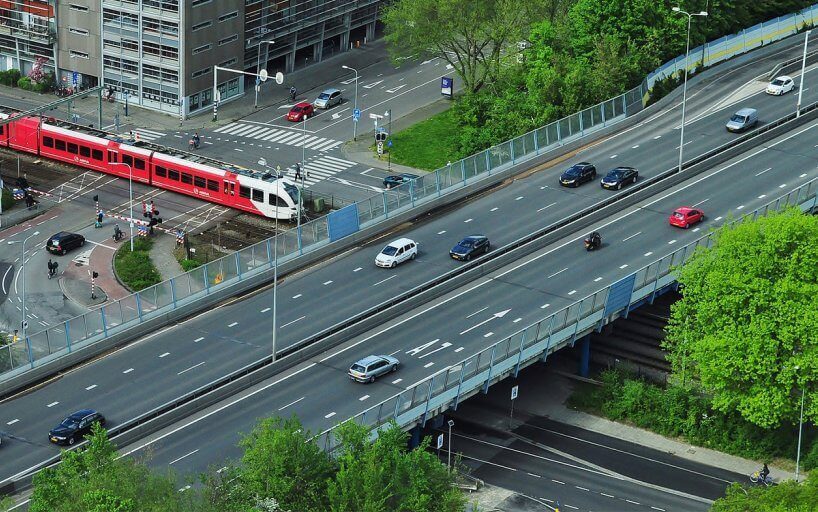
There are 3 important features in the Dutch methods of safety.
First, they suppose that it’s not straighter and wider streets in the central city, which allow commuters to drive faster, are safer.
Secondly, The Dutch used a multi-modal technique for safety. Commutes on foot or by bike have equal values. Therefore, pedestrians and cyclists figure remarkably in the planning procedure.
And the third is the Dutch “control” access to their “materials” to a degree that many other access engineers in the world would envy. They found that this allows stopping arguments between mobility objectives and provides regional access. If this argument is not well-managed, it will reduce the accommodation of routes and leads to a considerable decline in safety.
Meaning Of This Approach
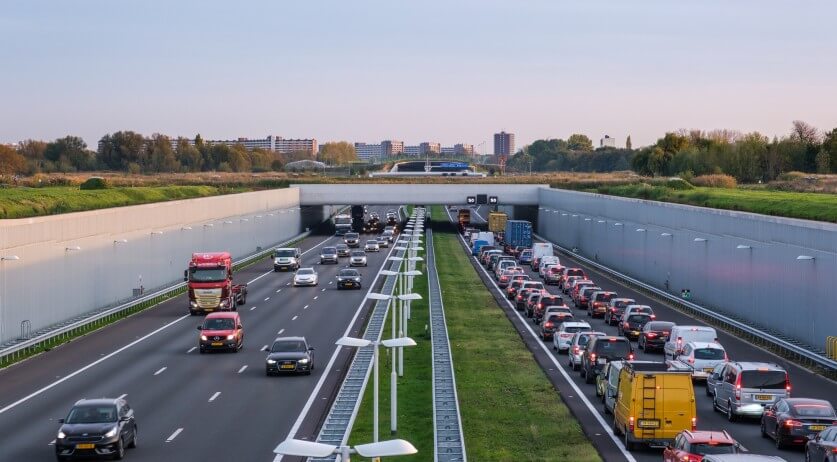
To sum up, these three features illustrate a disciplined strategy for road design that the Dutch call “self-explaining roads”. It means the structure of the road itself provided motorists with a precise sense of how to operate safely.
One outcome of this ideology is a concept called “Shared Space”. It was originally introduced by Hans Monderman, a Dutch traffic architect. According to this concept, people will use shared spaces and remove signs, curbs, lane markers, crosswalks, and even traffic lights. Therefore, motorists, cyclists, and pedestrians will arrange their way through lanes by reacting and gesturing to one another.
The Remarkable Results – Road Safety
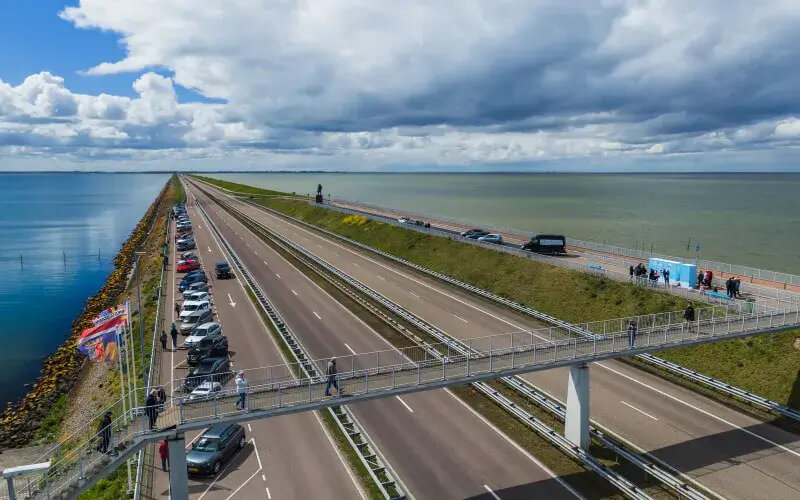
After applying those approaches, the Netherlands lowered its fatalities by crashes from 3200 to 800 per year.
Many government staff and road engineers have come to the Netherlands to learn more about the country’s methods of sustainable safety as well as community-based transportation design.
Related Posts You Can Read:
Safety Tips From Veteran Hawaii Lifeguards
